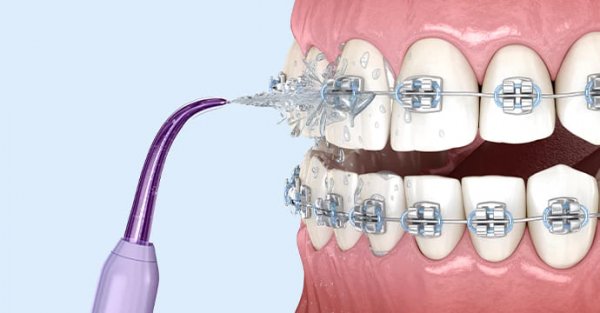Dental care tools date back 7000 years. Chewsticks were the first tool. Egyptians began using a paste to clean their teeth around 5000BC. A multi-use toothbrush was made by fraying the end of a twig and sharpening one end for interdental cleaning was created by Egyptians in 3500BC. Horsehair was used as floss.
The vast array of dental care tools available now is only the modern equivalents of things humans have been using for centuries.
9 TOOLS FOR A GREAT SMILE AND HEALTHY GUMS AND TEETH
1. Toothbrushes. It’s best to only use a soft-bristled brush with a small head. Medium and hard bristles are so hard they damage your gums and teeth. Especially if you tend to scrub your teeth rather than gently cleaning them and your gums. An electric toothbrush is a good option, especially for people with poor dexterity.
2. Toothpaste. Toothpastes have a variety of ingredients. Make sure yours has fluoride which strengthens tooth enamel and prevents tooth decay. Try to avoid those with ‘whitening agents as these can damage the tooth enamel.
3. Dental floss. Waxed and unwaxed? Waxed floss, or flossing tape, moves through the spaces of your teeth more easily. Flossing is a step further than brushing as it removes food particles trapped between your teeth that your toothbrush missed. This is essential to reduce plaque, tooth decay, and gum disease. As with brushing, flossing should be done twice a day.
4. Dental picks and sticks. Interdental cleaning aids are great if flossing is troublesome. Interdental (between the teeth) products include mini-brushes, picks, and sticks that can go between and around teeth. Use them gently.
5. Oral irrigators. These are a very useful product for people with braces or fixed partial dentures. If the thought of pics and sticks doesn’t appeal, and floss is problematic, try an oral irrigator. One whose water pressure you can regulate. The steady stream of water shot into your mouth removes food from hard-to-reach places. It’s not a substitute for brushing or flossing, but is a great added component.
6. Teeth whiteners. The best way to whiten your teeth is to visit your dentist. Over the counter products aren’t able to give the best results. Not only is the peroxide not strong enough, but the trays or strips aren’t customised for your mouth shape. The ones your dentist will supply are.
7. Mouthwash. Different mouthwashes solve different dental problems. They are useful in providing additional protection when fighting cavities and gum disease. If you’re not sure which one is best for you, talk to your dentist.
8. Tongue scrapers. Your tongue and the inside of your cheeks are also places where bacteria lives. Tongue scrapers, or brushing your tongue with your toothbrush, will lessen bad breath by reducing the bacteria by 70 percent.
9. The Dentist. Visiting your dentist twice a year, as well as your dental hygienist, is a must. Otherwise, cavities, dental infections, problems with your bite, bad breath, or oral cancer may go undetected.
Make an appointment today and chat to one of our team and we’ll give you the best advice to keep your beautiful smile and ensure your keep your teeth strong and healthy. Contact us on 0508 TEAM DENTAL.




